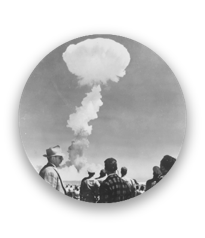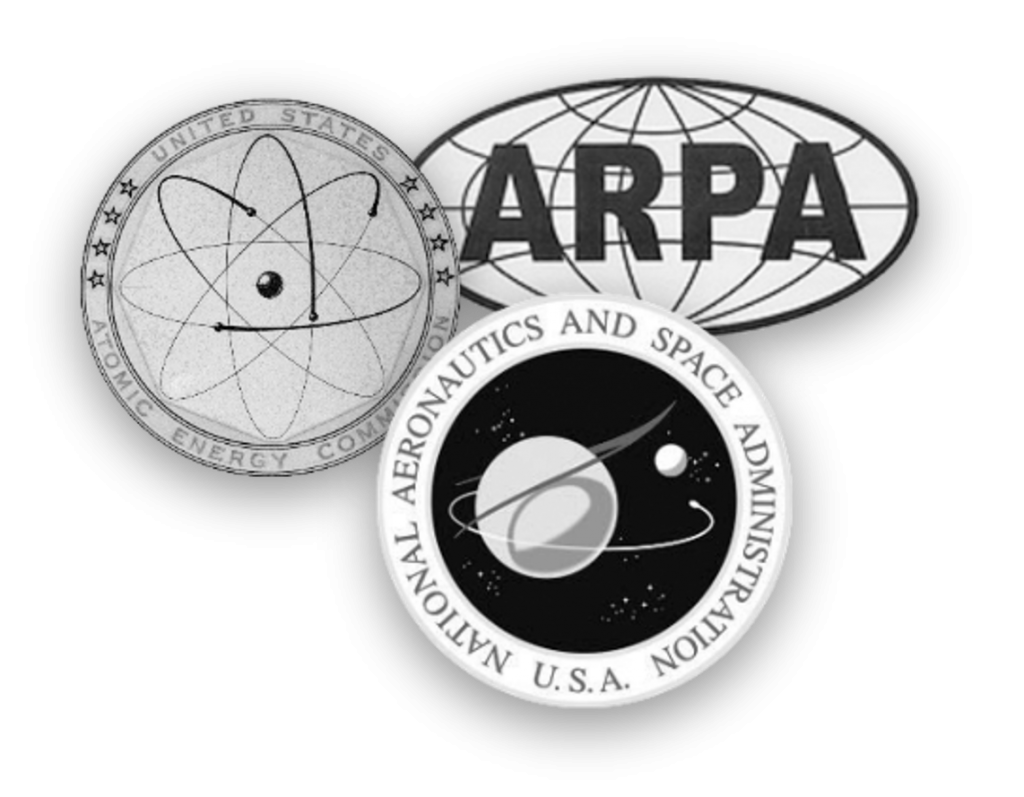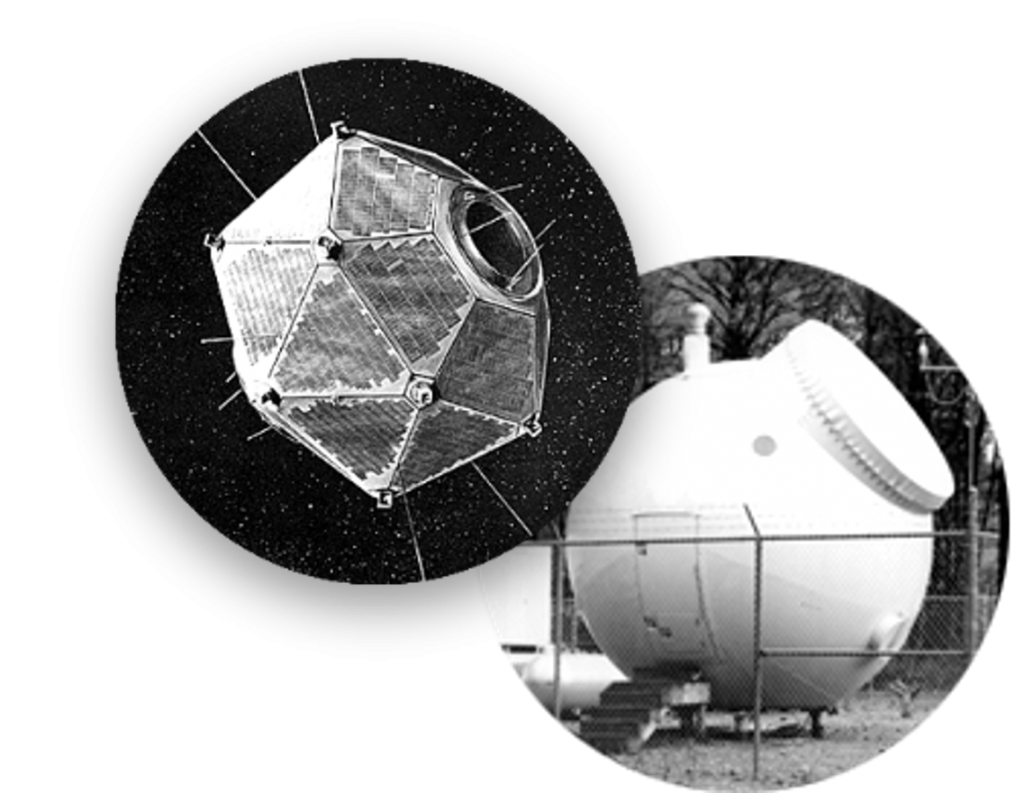



1945
Sensors deployed for treaty monitoring had their roots in Sandia’s early instrumentation
1959
Research program started to extend the United States ability to monitor foreign test detonations
1960
First VELA tandem launch took place and Sandia’s first seismic station began recording
Sandia’s role in space began in 1945 and as time and technology have progressed, our role has become increasingly larger. In 1945 sensors were deployed for treaty monitoring and as time progressed, our nuclear detonation sensors are incorporated in various domains in space, air, ground, and water to provide multiple phenomenology monitoring and collection capability with 164 satellites or space payloads developed since 1963. These satellites and space payloads vary in use from experimental to defense support to classified operations.
Today
Sandia’s nuclear detonation detection sensors are incorporated in avarious domains in space, air, ground, and water providing multiple phenomenology monitoring and collection capabilities.
Our Mission
- Develop remote sensing systems to solve a broad spectrum of problems of national importance
- Develop large, real-time information systems that process data from multiple U.S. satellite systems.
- Conduct research in data analytics and information surety to provide decision support systems for a broad range of federal agencies.
- Design and develop advanced, one-of-a-kind data processing software and large-scale geographically distributed hardware and software systems for complex, real-time decision support systems.
- Provide service and support for the intelligence community and other government agencies that must be performed in high security space